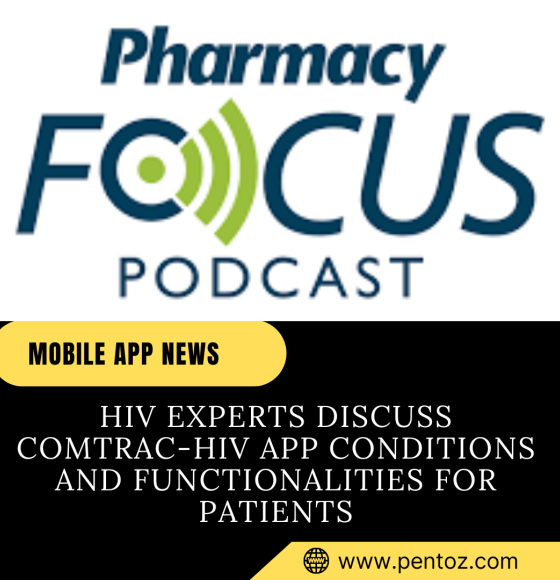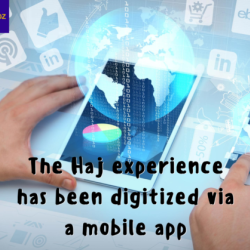According to the findings of a qualitative study published in Healthcare, experts in the treatment of HIV were recently invited to discuss organizational conditions and necessary functionalities of the Communication and Tracing App HIV (COMTRAC-HIV), and collectively agreed that the app should include aspects such as a symptom diary, a video call and chat option, and appointment organization.
In 2016, about 36.7 million people were infected with HIV or developed AIDS. Despite considerable breakthroughs in HIV treatment, such as antiretroviral therapy (ART) and pre-exposure prophylaxis (PrEP), problems in HIV health services continue.
In particular, despite their proven efficacy in improving targeted outcomes, eHealth approaches for delivering continuity of care (CoC) are persistent in Germany. There are limited applications available in the country, such as mobile apps for HIV/AIDS.
To address these gaps in care, the COMTRAC-HIV project intends to create and implement an HIV-related care system, specifically targeting late presenters (LPs) and PrEP users, via a mobile app. The researchers conducted a study to investigate the important organizational circumstances for operating the app and to determine the app functionalities required from the perspective of a physician.
HIV experts were invited to take part in the study and interview about features of the app that should be adopted. The invitation was accepted by eight specialists who were contacted and subsequently participated in the study.
When asked to characterize the current HIV patient care pathway, experts stated that LPs were frequently detected in a hospital. Many of these patients had past indication disorders but had not previously been identified with HIV. These patients are often treated in an HIV outpatient clinic after being diagnosed. Experts indicated they typically connect with their patients via email and phone.
The experts agreed that a symptom journal that can detect slight changes in the health condition of LPs would be beneficial, but they cautioned that some LPs may be unable to report symptoms. Experts suggested that many elements of symptoms and intensities be noted, ranging from fever and lymph node swelling to rash and evidence of bleeding. They also stated that intensity, frequency, and duration should be measured on a scale.
Participants in the study underlined that the app’s chat functionality may provide a speedy answer to LPs’ acute problems within hours, avoiding a visit to the emergency department or an appointment. It would also be beneficial if the findings could be communicated directly to the patient via the chat feature.
Displaying CD4 results, documentation of medication intake, and an avenue to upload information and findings from patients, as well as physicians who do not work in an HIV outpatient clinic but are involved in the patients’ care, are other features that experts discussed as potentially useful app functionalities. Furthermore, experts believe the app should notify users of health visits.
According to experts, the app should only be used when necessary and should not be utilized in place of the patients’ normal quarterly consultations. They also stated that the app’s content could be misread or misinterpreted by patients, and that the app is not appropriate for use at the start of treatment.
The app would allow HIV experts to care for more patients and simplify communication with patients who are unable to attend to consultation hours for a variety of reasons. Experts also stated that processes may be simplified and unnecessary visits avoided.
The investigators noted how the interviews revealed disparities in likely app usage between LPs and PrEP users. According to the experts, LPs are frequently non-native German speakers and so have language issues, so the app must consider a wide range of languages. Furthermore, analysts believed that PrEP users were more likely to utilize the app because they are typically younger and more tech-savvy.
“Further work and studies, such as assessing the app’s sustainability, integration into existing healthcare systems, and long-term effects on patient outcomes,” the study’s authors concluded.

















